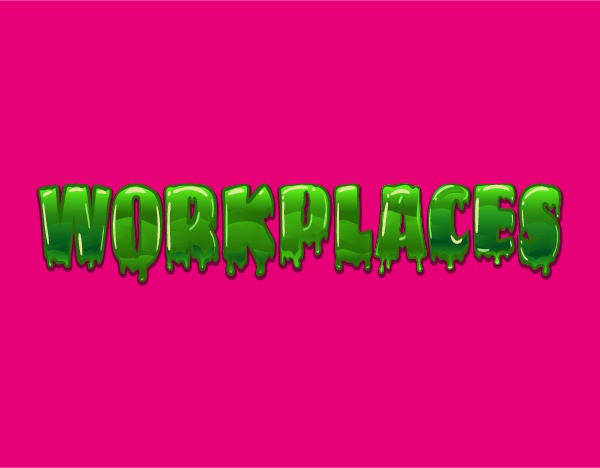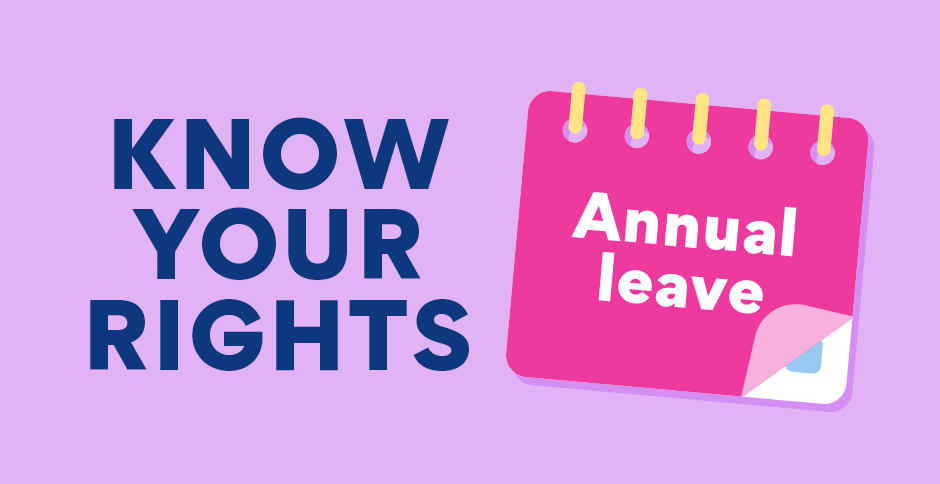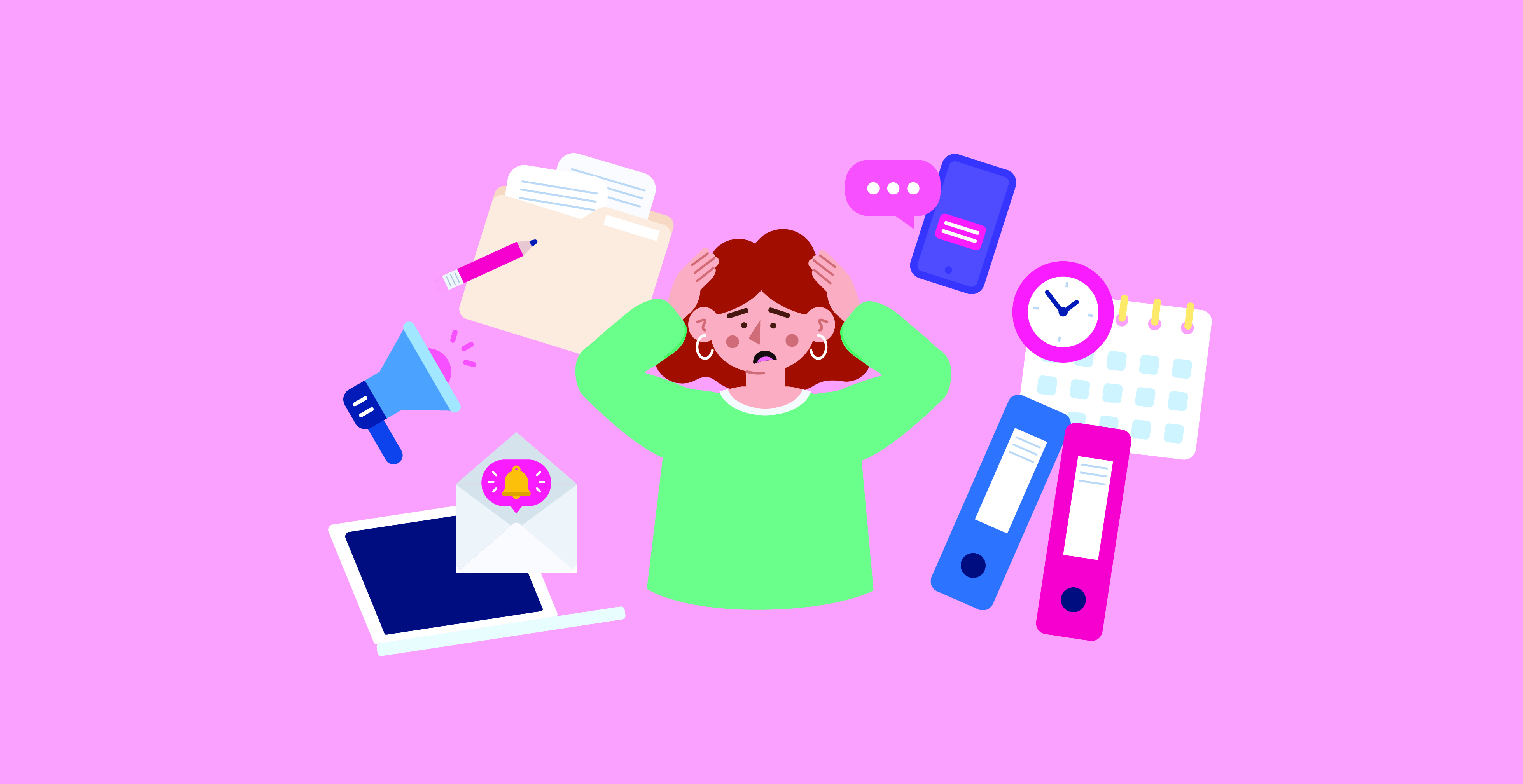Some workplaces can be very negative or ‘toxic’ environments – and it’s more common than you might think.
Nearly 60% of people have found themselves in a toxic workplace at some point in their career, research for SEEK shows.
But people aren’t always sure how to read the signs of a dysfunctional workplace environment or what to do if they are stuck in one.
Here are the signs to look for, plus tips from SEEK’s Resident Psychologist Sabina Read on how to handle a toxic workplace.

Toxic workplaces can take many forms. But often, a toxic workplace is one with behaviour that makes it an unpleasant place to work – and that behaviour isn’t dealt with.
“At their very core, toxic workplaces are characterised by the unhealthy behaviours of humans that work there, and the relational impact these behaviours have on both those in the firing line as well as bystanders caught in the crossfire,” Read says.
Read says while toxic behaviour can be based on seniority or title, it can happen at all levels of a workplace. And it always includes people whose behaviour lacks empathy, compassion and understanding, she explains.
“Unfortunately, this unhealthy behaviour is often rewarded, either explicitly or implicitly, which reinforces it. The impact can be devastating, leaving people feeling negative, resentful, withdrawn and lacking in humour and trust,” Read adds.

So, how can you be sure that the workplace you’re in is toxic? Through the research, SEEK asked Australians what they thought the best indicators were. Here are the top four signs people chose:
- Where bullying has taken place and no action is taken when it's reported (63%)
- Staff are pitted against each other, resulting in bad behaviour. This includes taking credit for others’ work, shifting blame and discrediting colleagues (60%)
- Where there are cliques, gossip or rumours (59%)
- Where employees feel they have to ‘walk on eggshells’ (55%)
Read says toxic workplaces also typically involve a lack of praise and positive feedback, avoidance and even secrecy. “This results in people keeping their grievances and concerns to themselves or sharing them on the underground grapevine,” she says.
.jpg)
It doesn’t matter what stage you’re at in your working life. A toxic work environment can negatively impact mental health, self-confidence, job satisfaction and even the ability to do your job well.
SEEK research found that 60% of people reported that toxic work environments have a big impact on their mental health. So much so that 40% reported leaving their job because of toxicity, and 32% said they’d taken time off work to deal with the fallout of an unhealthy workplace.
A toxic work environment can also impact future relationships with colleagues and employers. After experiencing toxic behaviour in a workplace, 59% say they’re now more cautious when it comes to building relationships with colleagues. And 73% say they’re now more cautious when assessing new potential employers.

Leaving a job because of a toxic workplace isn’t always an option. The main reason people don’t leave is they simply can’t afford to quit — that’s what 64% of people reported.
But, if you have to or choose to stay, here are some of Read’s tips to help shift and manage the toxicity.
- Speak up (if you can)
Read explains that while it can be hard to speak up, not challenging bad behaviour can contribute to a negative environment.
“While no-one likes to think of themselves as being part of the toxic problem, we are all at risk when we look away rather than speak up,” she says.
If you feel comfortable, you could meet with your manager or a leader to talk about what you’re experiencing and how it is impacting the workplace. If that’s not possible in your situation, you could try raising your concerns with an HR manager if your workplace has one.
- Manage relationships
Not every workplace relationship will be what we hope it is, or fit with our style. With that in mind, it’s important to think about which relationships need improvement and which ones are in a good place.
Read explains that relationship difficulties are often due to unmet needs. So, it makes sense to work out whether you, the other person or something else could be standing in the way of it being a better working relationship.
- Manage your health
A toxic workplace can dial up self-doubt and fuel negative self-talk. Read says mental health self-care strategies include:- maintaining routine
- focusing on things you can control
- limiting excessive workloads
- taking annual leave and regular breaks
- finding supportive people to talk to.
Exercise is also key, she adds. Keeping yourself active during the day helps improve focus. Taking regular breaks is also important to allow your mind the space it needs to stay sharp and creative.
- Recruit a workplace bestie
Whatever you’re going through at work – good, bad or somewhere in between – having positive relationships will help you manage any situation.
Read agrees and explains, “being connected in meaningful ways to at least one colleague helps bring a sense of belonging, fun and emotional safety to our work.” Connection is especially important during tougher times or where toxicity rears its ugly head.
It may be difficult depending on your environment, but see if you can strike up or grow friendships at work – through social clubs or groups, or try finding similarities or mutual interests with your colleagues. Even having just one colleague who you can lean on may improve your experience at work.
- Put an action plan in place
There’s no easy answer to whether staying or leaving is best. But if the negative elements of your workplace are taking over your thoughts and impacting your day-to-day life, it may be time to consider a change.
“At the end of the day, if the fear and distress associated with staying is louder than the fear of jumping ship, the situation may be untenable,” Read says. Start to map out an exit strategy by exploring other options and speaking to your network. Then, when you’re ready, get serious about job hunting.
As Read says, “working with others often constitutes either the best or worst parts of a job.” So, if you find yourself stuck in a toxic working environment, it can significantly impact your work – and your life in general. But employing some of these strategies may help you find your way through a negative situation towards a healthier and happier working life.
Where to go for more help
A negative work environment is one thing. But if what you’re dealing with could be bullying or harassment, there are places you can go to for more information and help:
Everyone has the right not to be bullied or harassed at work.
Source: Independent research conducted by Nature on behalf of SEEK, interviewing 4000 Kiwis annually. Published July 2023.



